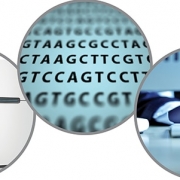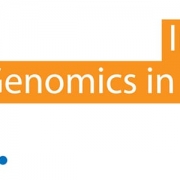Genomics in dermatology: New resource launches today
Developed with Professor Neil Rajan of Newcastle University, this brand-new resource tackles all things genomics in dermatology
NHS England’s Genomics Education Programme has launched a brand-new addition to its Genomics in Medical Specialties series. Developed in collaboration with Newcastle University professor of dermatogenetics Neil Rajan, Genomics in Dermatology is a concise, easy-to-digest online resource designed for busy NHS dermatologists who want to learn more about why genomics matters in their practice and how it can improve healthcare outcomes for their patients.
Why genomics matters and what dermatologists need to know
Although more than 800 skin diseases with genetic causes have now been identified, many patients still do not have a secure genomic diagnosis. The mainstreaming of genomic medicine across all medical specialties is a key component of the NHS Long Term Plan; as such, dermatologists are now able to request genomic tests for certain skin conditions via the National Genomic Test Directory. Because interpreting test results and communicating them to patients is the responsibility of the requesting clinician, dermatologists need to understand the basic principles of genomics and how it applies to their everyday clinical practice.
This resource explains how genomic testing and diagnosis can help improve clinical management and overall patient outcomes, examines the ways in which genomics is currently used in specific areas of dermatology, and looks at how dermatologists can play their part in the mainstreaming of genomic medicine in the NHS.
Multimedia and example case scenarios
Designed to be concise and easy to digest, Genomics in Dermatology is brought to life by a short video featuring Professor Neil Rajan, together with helpful animations to illustrate key points.
Example case scenarios help contextualise the content, demonstrating the power of genomic testing in cases of familial melanoma and palmoplantar keratoderma. The addition of family trees helps dermatologists visualise inheritance patterns and understand the value of genomics in the management not just of the affected patient, but of their family members.









